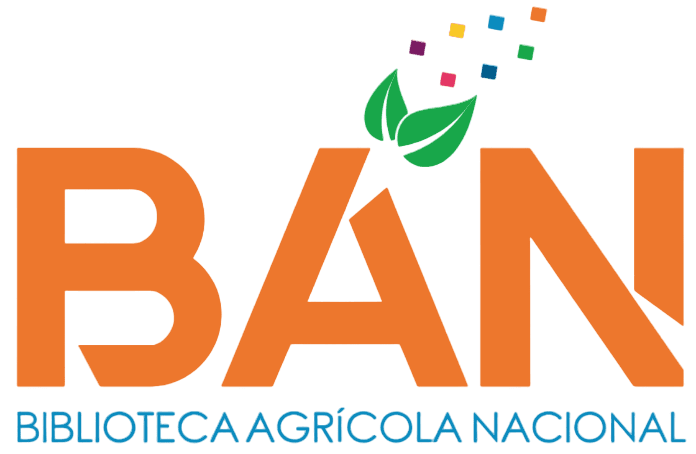Efecto de tres tipos de sustratos en el crecimiento en vivero de plántulas de Guadua angustifolia obtenidas in vitro
Loading...
Código QR
Authors
Leiva Lanchipa, Milagros Maria
Contact Email
Abstract
El presente estudio, realizado en el Centro de In1vestigación en Silvicultura y Mejoramiento Forestal de la Universidad Nacional Agraria La Molina en Perú, tuvo como principal objetivo, evaluar el efecto de tres tipos de sustratos en el crecimiento de plántulas de Guadua angustifolia Kunth obtenidas in vitro. Las plántulas se propagaron in vitro a partir de muestras del Fundo Bioselva, las cuales pasaron un proceso de aclimatación y se llevaron a vivero, donde se monitoreó su crecimiento durante 18 semanas. Los tres tratamientos utilizados fueron MECPLANT (S1), una mezcla de arena de río, tierra de chacra y humus de lombriz (S2), y compost más arena de río y tierra de chacra (S3). Durante las 18 semanas de evaluación, todas las plántulas en los tres tratamientos tuvieron una supervivencia del 100%. El tratamiento S1 mostró el mayor número de brotes (11), también exhibió el mayor crecimiento promedio en diámetro (13,76 mm) y longitud del tallo (224,05 mm). El área foliar promedio por planta fue mayor en S1 (2,134.56 cm2/planta) en comparación con S2 (1,544.35 cm2/planta) y S3 (1,848.31 cm2/planta). El análisis estadístico reveló diferencias significativas en el crecimiento longitudinal entre S1 y S2, mientras que S3 no evidenció diferencias estadísticamente significativas en comparación con los otros dos sustratos. Además, se observaron diferencias en el área foliar entre S1 y el tratamiento S2. En conclusión, el tratamiento S1 (MECPLANT) resultó ser el más efectivo en términos de crecimiento longitudinal y área foliar en las plántulas de Guadua angustifolia en este estudio.
This study, conducted at the Research Center for Forestry and Forest Improvement of the National Agrarian University La Molina in Peru, aimed to assess the impact of three substrate types on the growth of in vitro-derived Guadua angustifolia Kunth seedlings. The seedlings, originating from samples collected at the Fundo Bioselva, underwent an acclimatization process before being transferred to a nursery for a monitored growth period of 18 weeks. The substrates employed included MECPLANT (S1), a blend of river sand, field soil, and earthworm humus (S2), and compost mixed with river sand and field soil (S3). Throughout the evaluation phase, all seedlings across the three treatments exhibited a 100% survival rate. Notably, Treatment S1 demonstrated the highest shoot count, totaling eleven alongside recording the most substantial average increments in both diameter (13.76 mm) and stem length (224.05 mm). Moreover, the mean leaf area per plant was notably greater in S1 (2,134.566 cm2/plant) in contrast to S2 (1,544.351 cm2/plant) and S3 (1,848.315 cm2/plant). Statistical analyses unveiled significant disparities in longitudinal growth between S1 and S2, whereas S3 exhibited no statistically significant deviations compared to the other two treatments. Additionally, notable distinctions in leaf area were observed between S1 and Treatment S2. In summary, Treatment S1 (MECPLANT) emerged as the most efficacious in fostering longitudinal growth and maximizing leaf area in Guadua angustifolia seedlings within the scope of this investigation.
This study, conducted at the Research Center for Forestry and Forest Improvement of the National Agrarian University La Molina in Peru, aimed to assess the impact of three substrate types on the growth of in vitro-derived Guadua angustifolia Kunth seedlings. The seedlings, originating from samples collected at the Fundo Bioselva, underwent an acclimatization process before being transferred to a nursery for a monitored growth period of 18 weeks. The substrates employed included MECPLANT (S1), a blend of river sand, field soil, and earthworm humus (S2), and compost mixed with river sand and field soil (S3). Throughout the evaluation phase, all seedlings across the three treatments exhibited a 100% survival rate. Notably, Treatment S1 demonstrated the highest shoot count, totaling eleven alongside recording the most substantial average increments in both diameter (13.76 mm) and stem length (224.05 mm). Moreover, the mean leaf area per plant was notably greater in S1 (2,134.566 cm2/plant) in contrast to S2 (1,544.351 cm2/plant) and S3 (1,848.315 cm2/plant). Statistical analyses unveiled significant disparities in longitudinal growth between S1 and S2, whereas S3 exhibited no statistically significant deviations compared to the other two treatments. Additionally, notable distinctions in leaf area were observed between S1 and Treatment S2. In summary, Treatment S1 (MECPLANT) emerged as the most efficacious in fostering longitudinal growth and maximizing leaf area in Guadua angustifolia seedlings within the scope of this investigation.
Description
Universidad Nacional Agraria La Molina. Facultad de Ciencias Forestales. Departamento Académico de Manejo Forestal
Keywords
Guadua
Citation
Date
2024
Collections
Seleccionar año de consulta:
Licencia de uso

Excepto si se señala otra cosa, la licencia del ítem se describe como info:eu-repo/semantics/openAccess

